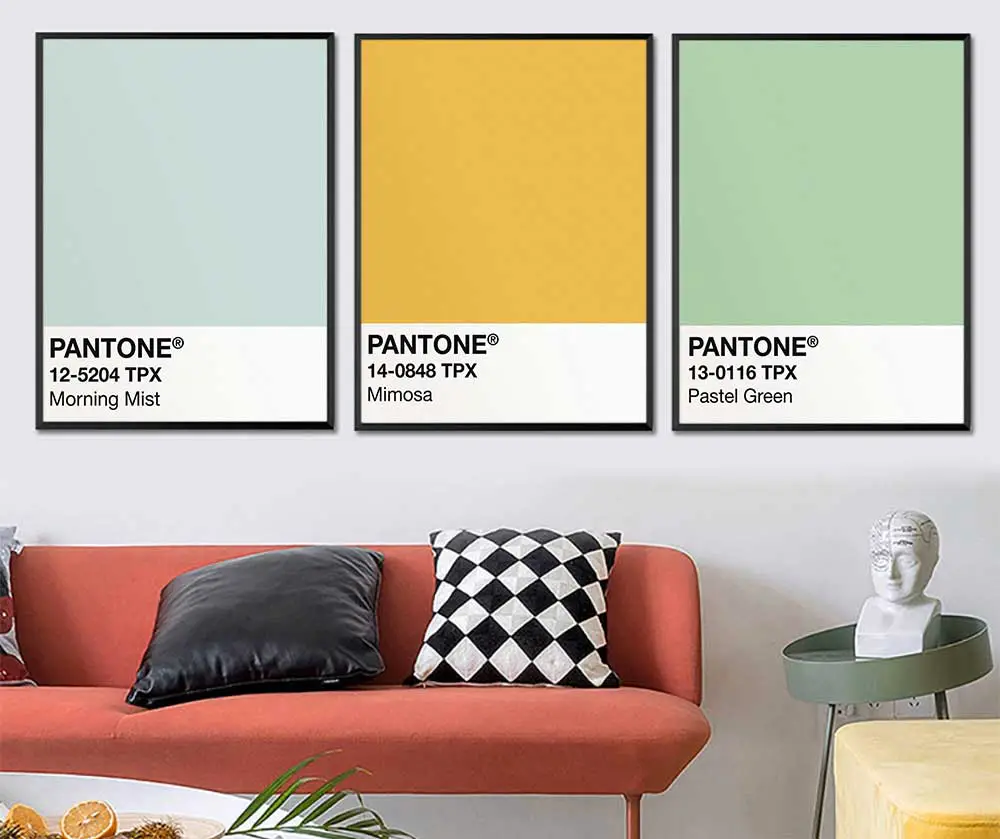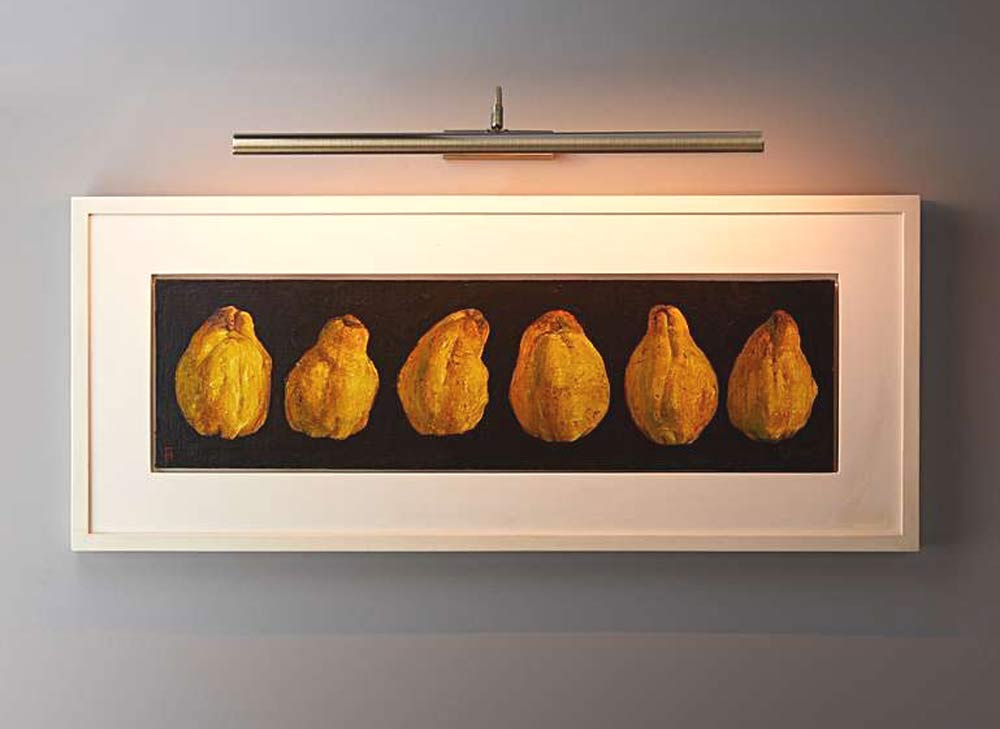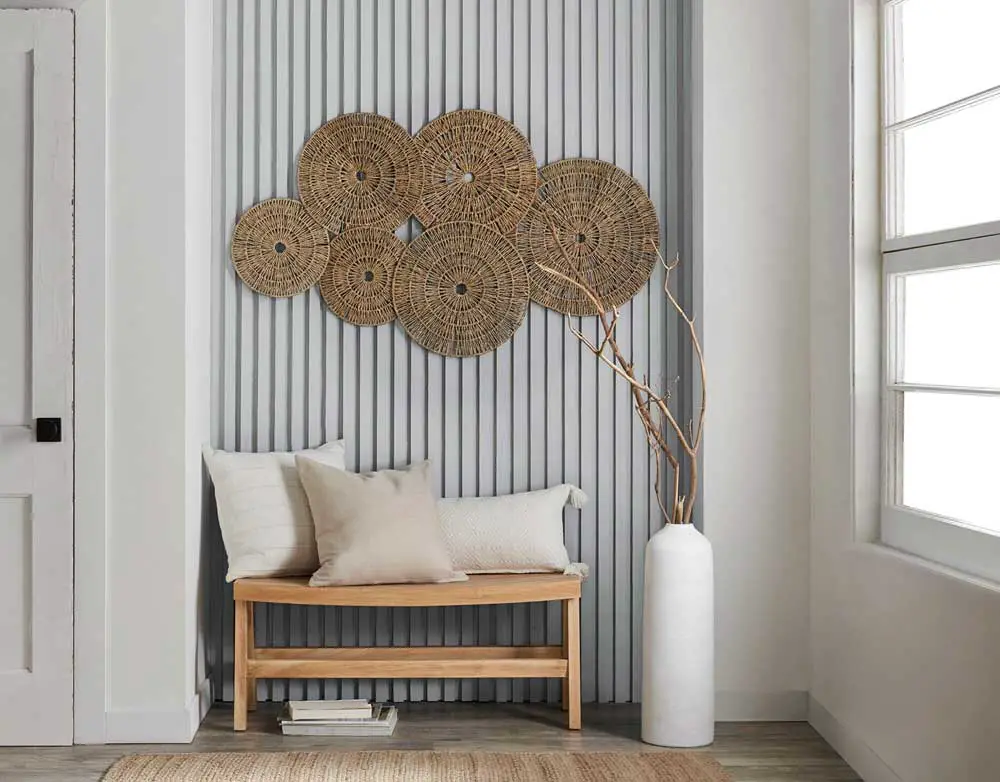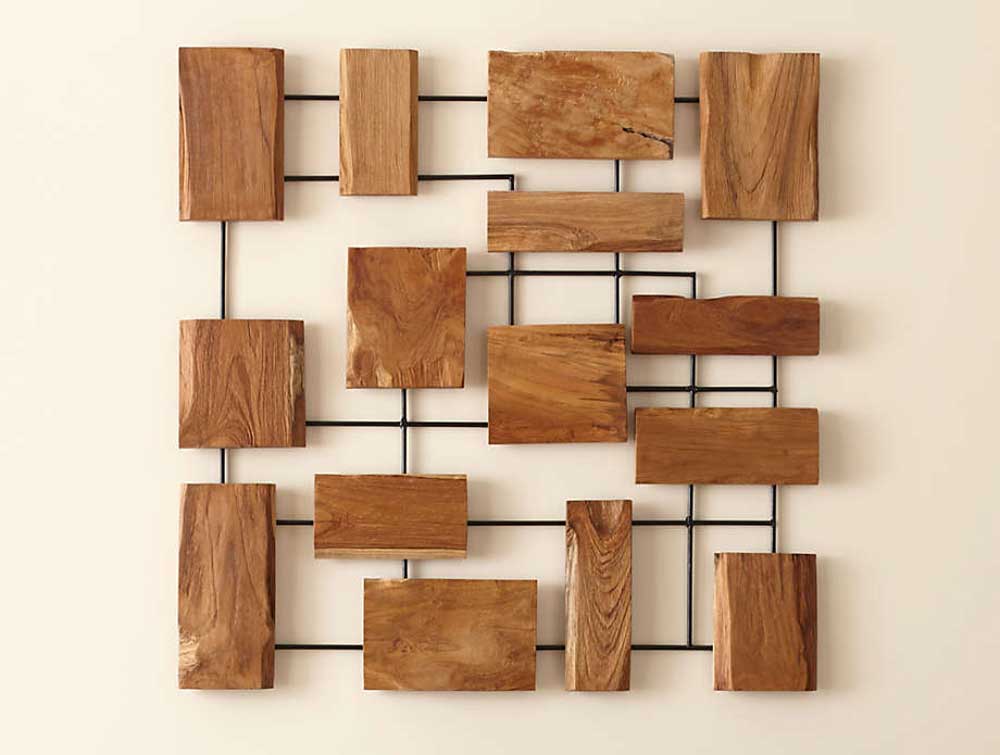Wall art can be a game-changer and make or break your home decor. With its ability to convey emotion, create focal points, and even trick the eye, art is a powerful tool for personalising your space and enhancing your interior design.
When embarking on any home remodelling project, it’s easy to focus on practical matters like space, functionality, and structural changes. However, incorporating art into your design plan from the beginning can lead to a more cohesive, engaging, and attractive result.
So, how can you blend wall art into your remodelling project most effectively?
Here are 13 easy ways to seamlessly integrate art into your new space, whether you're starting from scratch or looking to upgrade an existing room.
1. Plan for Art Early in the Design Process
Consider your wall art as part of the design process rather than an afterthought. This proactive approach allows you to create spaces that accentuate and complement your art pieces rather than trying to fit them in later.
Keep the size, colour, and style of your proposed artwork in mind while selecting paint colours, finishes, and even lighting fixtures.
2. Use Art to Establish a Colour Palette

Image credit: aliexpress.com
Artwork can be a fantastic source of colour inspiration for a room. You can use a favourite piece to establish the colour palette for the entire room.
Draw out the dominant colours for major elements such as wall colour or large furniture, then use the secondary or accent colours for accessories and smaller furnishings. This creates a cohesive and harmonious look that appears intentional and well-planned.
3. Consider the Scale and Proportion
When incorporating wall art, it's essential to consider the scale and proportion relative to your space and furniture. A common mistake is choosing art that is too small for the wall or surrounding furniture. As a general rule, a piece of wall art should take up two-thirds to three-quarters of the wall space above a piece of furniture.
For larger walls, consider using a gallery wall of smaller pieces grouped together. This creates a larger visual impact and allows for a more personalised and eclectic approach to your wall art.
4. Integrate Functional Art
Functional art pieces, such as decorative mirrors, can be a smart way to blend form with function. For instance, in a small space, mirrors can create a sense of depth and make the room feel larger. When working with a Harrisburg kitchen remodeler, you might choose to incorporate a beautifully framed mirror on one wall. Not only does this add an artistic element, but it can also be useful for quick check-ins while cooking or entertaining.
5. Highlight Art with Lighting

Image credit: pooky.com
Good lighting can dramatically enhance the impact of your wall art. Use a mix of ambient, task, and accent lighting to highlight your artwork. For example, picture lights or track lighting can be used to illuminate artwork directly, making it a focal point in the room.
Alternatively, backlighting can create a dramatic effect for larger pieces or collections.
6. Keep the Style Consistent
To create a cohesive look throughout your home, choose artwork that aligns with the overall style of your interior design.
For example, a minimalist piece might not fit in a traditionally decorated room, while a classical painting might look out of place in a modern, streamlined space.
7. Make it Personal
Remember that your home is an expression of your own personality, taste and experiences. Don't be afraid to display artwork that has personal meaning or connection, even if it doesn't perfectly match the style or colour scheme. This adds a layer of personalisation that makes your home truly unique.
8. Create a Visual Flow with Art
Art can be a great tool for creating a visual flow throughout your home. This means that as you move from room to room, the artwork helps guide your eye and creates a sense of continuity. One way to achieve this is by using a consistent theme or colour palette in your artwork across different rooms.
9. Add Texture with Wall Art

Image credit: bouclair.com
In addition to colour and pattern, texture is an essential element of interior design. Textured artwork or three-dimensional wall hangings can add depth and interest to a room. This can be particularly beneficial in a space that primarily uses neutral or monochromatic colours.
10. Use Artwork to Define Spaces
In open-plan homes or multifunctional spaces, wall art can help define different areas. For example, a large piece of art can denote a dining area in an open kitchen and dining room layout.
When remodelling, discuss with your home designer about how art can be incorporated into the design to create distinct zones within the space.
11. Experiment with Different Mediums

Image credit: crateandbarrel.com
Wall art isn't limited to paintings or prints. Consider other mediums such as metal wall art, fabric tapestries, ceramic pieces, or even wall sculptures.
Mixing different types of art in your home adds visual interest and can make your wall decor more unique and personal.
12. Create a Gallery Wall
Gallery walls allow you to display a collection of artworks, photos, or memorabilia. This not only creates a visual focal point in a room, but also allows you to showcase multiple pieces in a cohesive manner. A gallery wall can be designed around a specific theme, colour scheme, or even a personal collection.
13. Use Art to Add a Pop of Colour
In a neutral room, art can provide a much-needed pop of colour. This can be an effective way to bring in accent colours without committing to a more permanent or costly change, such as painted walls or coloured furniture.
Conclusion
Integrating wall art into your home remodelling project brings both aesthetic and personal values to your space. It offers a chance to infuse your personality into your surroundings and truly make your home feel like your own.
Whether you choose to create a gallery wall, add a pop of colour with a vibrant piece, or commission custom artwork, remember that the most important thing is that the art resonates with you.
After all, you're creating a space that specifically caters for you and your loved ones.



 Author: Matthew Chiappini
Author: Matthew Chiappini